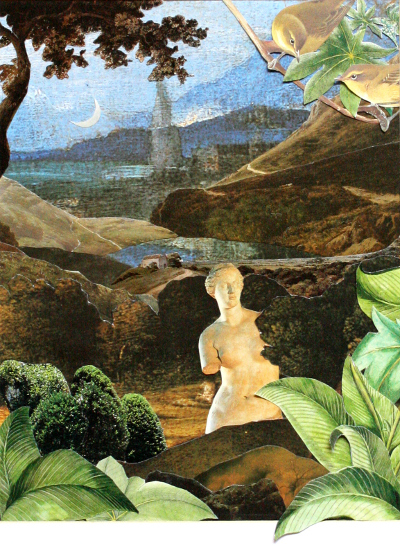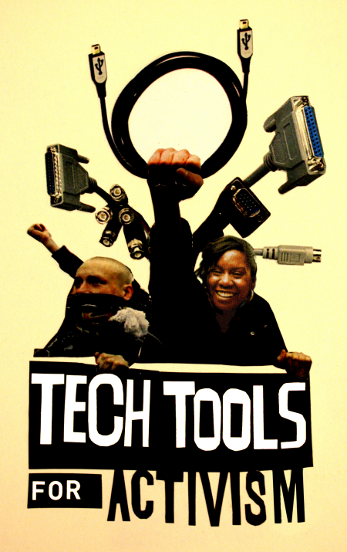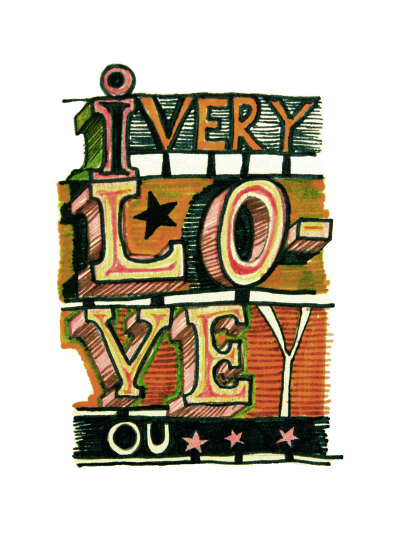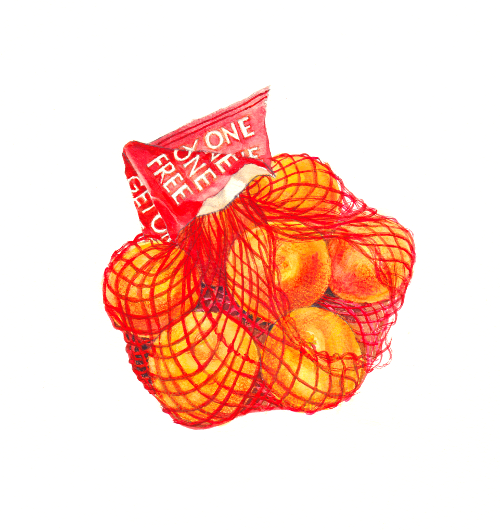User:Eleanorg/Journal 2.1: Difference between revisions
No edit summary |
|||
| Line 1: | Line 1: | ||
==15 September== | |||
Interesting talk today @ Witte de With on self-publishing. | |||
Most interesting q that came up was the irony of self-publishing supposedly being about resisting media monopolies, but without a readymade distro network you need to use FB to distribute - thus relying on/reinforcing media monopoly. Rob from Fucking Good Art seemed not to have much patience with this dilemma, being happily old-fashioned, talking about distributing through the networks of its writers and friends. | |||
How many people need to have read something before it can be said to have been distributed? It's a matter of scale I guess, from total failure to roaring success, with vast grey zones in between. They were talking about the conscious turning-away of artists from hi tech and its parallels in networks like Path https://path.com/ - yuppified Facebook limited to 150 friends. | |||
Interesting themes... | |||
AND: | |||
* Clash of DIY ethic/intention with DIY projects' reliance on FB for distro/marketing | |||
* how then to create a meaningful r'ship with reader outside of the mediation of a shop (or FB)? | |||
Marit Munzberg (LemonMelon): | |||
* annagrammatical books/practice - rearranging, merging | |||
* book as a verb or 'conceptual space' | |||
* publishing = creation of the public > thus what is publishing's political role? | |||
* can a book be a library? (link to dissolute img) | |||
Rob (Fucking Good Art): | |||
* Paper & bicycle/ network of friends distribution model | |||
==4 September== | ==4 September== | ||
"Consent" | "Consent" | ||
Revision as of 21:17, 15 September 2012
15 September
Interesting talk today @ Witte de With on self-publishing.
Most interesting q that came up was the irony of self-publishing supposedly being about resisting media monopolies, but without a readymade distro network you need to use FB to distribute - thus relying on/reinforcing media monopoly. Rob from Fucking Good Art seemed not to have much patience with this dilemma, being happily old-fashioned, talking about distributing through the networks of its writers and friends.
How many people need to have read something before it can be said to have been distributed? It's a matter of scale I guess, from total failure to roaring success, with vast grey zones in between. They were talking about the conscious turning-away of artists from hi tech and its parallels in networks like Path https://path.com/ - yuppified Facebook limited to 150 friends.
Interesting themes...
AND:
- Clash of DIY ethic/intention with DIY projects' reliance on FB for distro/marketing
- how then to create a meaningful r'ship with reader outside of the mediation of a shop (or FB)?
Marit Munzberg (LemonMelon):
- annagrammatical books/practice - rearranging, merging
- book as a verb or 'conceptual space'
- publishing = creation of the public > thus what is publishing's political role?
- can a book be a library? (link to dissolute img)
Rob (Fucking Good Art):
- Paper & bicycle/ network of friends distribution model
4 September
"Consent" The nights are drawing in, long sunshine, and yr 2 yr 2 yr 2 almost here!
Want to explore the idea of 'publishing' in a more focussed way. Over summer I've been making a book, a thing with staples in to make money by selling to people, and this question keeps coming up. Self-publishing, vanity publishing, print-on-demand, 'actual' publishing - I've never really understood what the difference is between putting ink on paper, and "really" publishing something. Maybe it becomes 'real' publishing when you add distribution into the equation?
Question: what is the difference between creating, disseminating, and publishing?
Why do people in the "age of the interweb" still lust after book deals? Not just money but a sign of success. Keep blogging and you could be the next EL James. What exactly is agreed upon in these book deals? Copyright traded for cash, printing + distro?
I've been reading those books they give to pre-teens about "growing up". Keeping it in your pants is mentioned a lot; consent, not so much. Always been a vague ambition to write one of those things. I mean, publish one of those things. How to do so in a consensual manner: Play!Fight! minus centralized control?
Been learning jQuery; images & text responsive to scripts, to distant events, to real objects. Easy to do on the internet, but how to do print publishing which is for want of a better word - ouch - "interactive"? ....why ouch? ---> trivial tokenistic participation; the 'open work' already designed & signed by the original author (oh yeah there's that thing about authorship again).
So actually yes the 'open work' -- touched on this in my dissertation; open work not really open, who gets the by-line at the end of the day?
How to integrate PZI coding into print media. Talk to OSP. Look at Fluxus kits and all that. Interactive books (As precursors to video games). And video games as precursors to...? What place now for "choose your own adventure" books? Thinking of factories and Florian, methods for making stuff.
What next:
- Get examples of "interactive" print media
- learn how e-publishing works
- learn how print on demand works
2 Aug
Dissolute Image: appending image attributes with jQuery to allow incremental page-load: http://ox4.org/~charlie/image_block.html
1 Aug
Summer!
And what do I do when I get out of school; I make papier mache obviously. And here I was about to run off to a commune in the hills to make papier mache happily ever after, when I remembered the things I made in the first trimester here and how there could be some link between:
HANDMADE IMAGES and THE INTERNET
my dirty secret
good at this point to come clean and see what happens when the world of beautiful objects tries to fit into the world of PZI geekery. This is what I get up to in my spare time:

Yes I made that last one with a paintbrush.
networked graphics
There seems to be some irreparable divide between the joy of making stuff with paper + glue and the cold hard world of code. Unless you go down the road of Arduino joy obviously. But staying within the browser: all the time at PZI I've been buzzing like a reluctant bee around this question of how images could be made porous and responsive. Maybe here there is a way forward that could start to heal the chronic split between my love of drawing + handmade messiness and my curiosity about programming.
Consent
"Consent", my proposal for a magazine with responsive content - thus democratically curated - is in the same vein here. Images fade out when they are unpopular, etc. Similar to the traceroute project where the appearance of a thing corresponds to its location. I think the way forward is to get to grips better with jQuery, and use it for a few illustration projects.



